What would he find there ? What new friends would he make ?
What new songs would he sing ? Over what graves would he stand a moment in thought ?
(In Search of Scotland – H.V. Morton)
Our overseas adventures consist of three parts: planning, going and remembering.
Over the years, we’ve found we like them all equally.
(In Search of Ancient Scotland – Gerald M. Ruzicki and Dorothy A. Ruzicki -AspenGrove 2000)
Dear readers,
So, here I am again, in front of my keyboard, after a 45-day trip in Scotland, coming back to you with lots of wonderful pictures and memories. Though this 8th trip proved to be more difficult than the previous ones it was well worth the effort and we’re already looking forward to the 9th one. 😉 There are so many friends we’d like to see again there, so many things still to discover. This time, we covered about 4.500 km, often driving along single track and dangerous roads.
I dedicate this post to our dear friends Iain and Margaret who received us so kindly in their house on the eve of their departure to Shetland. We’ve shared with them, and with their friends Marlene and Peter, unforgettable moments. I will soon write a special page on Scotiana about the two wonderful days we spent with them in Kirkconnel, Sanquhar and Auldgirth, near Dumfries in a place which has something to do with Robert Burns.
Many thanks also to all the wonderful people we’ve met along the road and who contributed so much to create magic in our Scottish journey, to our hosts and hostesses in campsites, B & Bs, guest houses, youth hostels : Andrew & Kirsty, Gillian & Ellen, Jock and Gwen, Susan & Angus, Frank and Laureen, Philip, Harry, Carl and Lorna, Catherine & Derek, Derrick…In the entrance of one of our B&Bs I noticed a little poster with these words written on it : “We arrived as strangers and we leave as friends” 😉
Now, what can it be that makes Scotland, or Alba as the country is also called, such an attractive country, a feeling that has been shared for ages by travellers, writers and artists ? Why can we speak of the magic of Scotland?
At the beginning of our last trip we could hardly speak of the magic of Scotland!
In May, the weather proved to be awful. It was cold, wintry, rainy and we could see snow on the top of the mountains at the foot of which we pitched our little tent. Many Scots felt sorry for us, repeatedly saying that it was the worst month of May they had experienced since a long time. As far as we are concerned, and with the exception of a trip in June 2001, we never had to face such a bad weather. Very often, landscapes vanished behind clouds and rain and it was so cold during the first nights we spent under the tent that we finally decided to send it back to France.
Sometimes, however, the combined action of sun and rain contributes to create fabulous light effects and that’s part of the magic!
On 4th June, Janice arrived at the airport of Edinburgh 🙂 No need to say how happy we were to meet again! Our mascots weren’t the last ones to rejoice and there was much gossiping in the car on the road from the airport to Mortonhall Caravan and Camping Park 😉 Last but not least, Janice seemed to have brought the sun with her for, with a few exceptions, the weather in June proved to be much nicer than it had been in May.
- By yon bonnie banks and by yon bonnie braes
- Where the sun shines bright on Loch Lomond
- Where me and my true love will ne-er meet again
- On the bonnie, bonnie banks o’ Loch Lomond.
- Refrain :
- O you’ll take the high road and I’ll take the low road
- And I’ll be in Scotland afore ye
- For me and my true love will ne-er meet again
- On the bonnie, bonnie banks o’ Loch Lomond.
- ‘Twas there that we parted in yon shady glen
- On the steep, steep sides o’ Ben Lomond
- Where deep in purple hue, the hieland hills we view
- And the moon comin’ out in the gloamin’.
- Refrain
- The wee birdies sing and the wild flowers spring
- And in sunshine the waters are sleeping
- But the broken heart, it kens nae second spring again
- Tho’ the waeful may cease frae their greeting.
- (The Bonnie Banks O’ Loch Lomond – 1841)
It is no coincidence if I’ve chosen to begin my article with the statue of Tom Weir. This very popular Scottish climber, author and broadcaster devoted most of his life to make people feel the magic of Scotland.
We discovered Tom Weir statue during our too short stay in Balmaha House…
That’s a wonderful place overlooking a lovely little bay on Loch Lomond…
We’ll never forget the cheerful welcome of Jock and Gwen and greatly recommend their place to our readers. Just before leaving, Gwen very kindly offered me one of the two little teddy bears I had admired in a show-case. I was truly delighted. If you look closely at the picture of Tom Weir statue you will find our Balmaha little teddy bear proudly sitting on Tom’s bagpack 😉 As I couldn’t choose between ‘Jock’ and ‘Gwen’ to call our new friend I finally decided to give him the name of”Tommy”. Of course he will follow us in our next trips around Scotland.
“Conic Hill is a sharp little summit rising above Balmaha. Right on the Highland Boundary Fault, this short hillwalk offers truly fantastic views over Loch Lomond and its many islands .”
(Walkhighlands)
The statue of Tom Weir is standing in a little park a few yards away from Loch Lomond and it is so lively and expressive that you feel as if it was Tom Weir himself, ready to guide you around the place, in the beautiful countryside of the Trossachs! We had already given up the idea of climbing up Ben Lomond. It would have been our first “Munro”, that is one of the 282 mountains in Scotland that are at least 3,000 feet high (about 914 m), and we had waited for the day with much anticipation but it was not at all recommended by local people because of the bad weather. Had we had more time we could have tried ‘Conic Hill’ which dominates the place. We could see two people walking up there and they looked tiny.
One can feel the magic nearly everywhere in Scotland. We often stopped on the edge of the road to try and capture it. Part of this magic comes from the beauty of the Scottish landscapes : mountains and clouds reflecting on the still waters of the lochs…
…pink sandy beaches emerging amidst rocky hills under stormy skies…
…turquoise blue waters giving a Mediterranean touch to some of our favourite islands…
…magnificent sunsets and rainbows… and sometimes two or three rainbows at a time!
It was past 9 pm when we saw this rainbow suddenly appearing in the sky over Kilbrannan Sound as if emanating from a volcano in Arran… we stayed a long time looking at it from the window of our bedroom, in Crossaig Lodge, watching the evolution of this spectacular phenomenon.
We had arrived late at Crossaig Lodge, a B & B situated in the North of Kintyre, which we highly recommend to our readers. Our bedroom was lovely and very comfortable and the breakfast absolutely delicious with a choice of Scottish breakfast, bacon & eggs, cereals, fruit, toasts and marmalade, and even fresh French croissants! We would have liked to have more time to enjoy our breakfast and to spend with Susan and Angus, our new friends. They are very nice people and Susan speaks French very well ! But we were in a hurry for we had just realized that our ferry to Arran was leaving an hour sooner than we had thougth!
When we begin to look for glens with that elusive quality known as atmosphere, then top of the list, probably, is Glencoe in the north of Argyll, veiled in mist and guarded by the mountains known as the Shepherds of Etive, Buachaille Etive Mor and Buachaille Etive Beag. The novelist Naomi Mitchison, always sensitive to the spirit of place, acknowledges their looming threat:
If you speak ill of the shepherds, speak it low:
Wait for the winter, they say, wait for the snow,
Wait for the night of the Campbells, the day of the fox,
The frayed rope and the boot that slips on the rocks.Glencoe is certainly a place for poetic mystery. Several of its legends and placenames refer to the Celtic bard Ossian, who is said to have born beside Loch Triochatan.
(Land Lines – An Illustrated Journey through the Landscape and Literature of Scotland – Polygon 2001)
Glencoe is certainly one of the most spellbinding places in Scotland and we love it very much. It was the first time this year that we could see snow at the top of the mountains. The weather was very changing and we had hardly enough time to climb down the valley up to the little bridge over the Coe, as we are used to do, and go back to the car without being drenched to the skin.
I took the risk but I had to run up to the car after taking one or two photographs of the Coe, a roaring torrent at the moment. The day before, when we had drived passed there, on the A82, the weather was so bad that we could not even see the mountains.
This solitary boulder is a recognizable landmark in the valley of Glencoe. The view is breathtaking there but the heather seemed to have been badly burnt by the frost like in many other places in Scotland. Will it recover its lovely purple colour in autumn, I wonder. No wild flowers either but the vegetation seemed to be late everywhere…
You need to cross the A 82, a road with much traffic including big lorries, to catch sight of this impressive waterfall, swollen by rain and the melting snow.
The appeal of the North!
Each time we go to Scotland we always try to go as far as possible in the North, out of the beaten track and into the wilderness. Rich wildlife and unspoiled Nature is part of the magic there! This year our northest point was Lochinver and we stayed quite a long time in its very interesting Visitor Centre. There is a small library in the first floor and I tried to find the name of a black and white little bird I had seen near the Falls of Shin. It was a “pied wagtail” 😉
We immediately fell in love with the wild and solitary landscapes of Assynt, the country of Norman MacCaig and Mandy Haggith 😉
x
Who possesses this landscape? –
The man who bought it or
I who am possessed by it?
False questions, for
this landscape is
masterless
and intractable in any terms
that are human.
It is docile only to the weather
and its indefatigable lieutenants –
wind, water and frost.
(Norman MacCaig – A Man in Assynt)
The above picture is not only representative of Assynt with this solitary and strangely-shaped mountain in the background (Suilven) but also of the Highlands wilderness. From passing place to passing place, a single track road crosses vast stretches of moorland interspersed with shiny lochs and rivers. Here and there the car passes over a cattle grid with a recognizable noise and very often sheep cross or even stop in the middle of the road, sometimes it can be one or several deers…
Scotland is an old country rich in culture and history. Vestiges of the past are omnipresent adding a touch of mystery to the beautiful Scottish landscapes, creating the so-called “romantic atmosphere” which has inspired generations of poets and artists. Our curiosity is constantly stimulated by the discovery of these vestiges not only well-preserved but also very efficiently introduced by in-situ panels describing the place, its history, its environment, the legends attached to it. Prehistoric villages, stone circles and standing stones, cairns, brochs, Pictish stones, medieval abbeys and castles can be read as the pages of a fascinating illustrated book of history…
In Search of Ancient Scotland is one of my favourite books about Scotland and Scottish history. It was written by Gerald M. Ruzicki and Dorothy A. Ruzicki and published in 2000, the year of our first trip to Scotland. Jerry Ruzicki is an american college teacher with experience and a degree in archaeology. After a first trip to Scotland Jerry and his wife decided “to tour Scotland’s length and breadth” to learn more about the Scottish ancient sites. It’s a pity that their book has not been re-edited since its first publication for it is an excellent guidebook including timeline, glossary and bibliography. My own book was so annotated that I decided to buy a second one 😉
Situated not far from Inverness, the 4,000 years old prehistoric cemetery and sacred site of Clava Cairns contains three burial cairns enclosed by stone circles (no remains of people inside) .Each cairn has a central chamber but only two of them has an entrance passage.
In a remote and peaceful environment, south of the village of Glenelg and about 8 miles of Kyle of Lochalsh, Dun Telve and Troddan brochs, which stand within sight of each other are among the best preserved brochs in Scotland. These defensive stone towers date from 2000 years ago and were probably occupied by families of Picts.
There were the older tribes that built the brochs, and Skara Brae and Brodgar; back and back to the firs hewers and setters of stone, mysterious shadows on the skyline who came not too long afet the melting of the ice. Those anonymous peoples have left only a few marks on their stones.
(George Mackay Brown – The Masked Fisherman and Other Stories – 1989)
This year, on our Pictish Trail, we discovered the “Rodney Stone” which stands at the entrance of Brodie Castle. This Class II Pictish stone is the most beautiful we’ve seen so far. On the first face of the stone you can see two fish monsters, the famous “Pictish Beast”, a double disc and z-rod. On the hidden face there is a cross decorated with beautiful celtic knotwork and some animals. Most intriguing is an inscription written in the ogham alphabet.
If each castle is in itself a page of history then we’ve already read a number of pages of the Scottish book of history. This year, the use of a drone proved to be of great interest though Jean-Claude had not had much time to learn “the tricks of the trade” before our departure.
We visited and re-visited a number of castles , some of them standing in wonderful gardens such as Blair Castle, Scone Palace. Kennedy Castle which is a bad state is one of my favourite ones and could be described as a “romantic ruin” standing in the heart of a magnificent garden. A few years ago we happened to be locked in this garden after closing time. We were alone there and could take a number of pictures then. Climbing over the fence when the night was falling proved to be more difficult, especially for me!
A number of Scottish castles, and of many other historical buildings and gardens have been taken in charge by associations and trusts like the NTS (National Trust of Scotland) and the HS (Historic Scotland). They do a remarkable job and we enjoyed very much the cheerful welcome and erudition of many of the volunteers who guided us inside these magnificent estates.
Not only the tourists but also the Scots love the Scottish castles and we’ve seen many schools and families visiting them with great interest. Craigievar Castle, one of the best-preserved exemples of tower house, seems to be one of their favourites. Indeed, our mascots greatly appreciated to be photographed amidst white and yellow daffodils, in front of this lovely pink castle which seems to have come straight out of a fairy tale ! Built by the Mortimers of Craigievar, who had held the estate since at least 1376, Craigievar Castle is likely to date to date to c 1575-95.
Here is quite another kind of castle. When we told Catherine, our hostess in Limetree House in Moffat, that we arrived late because we had wanted to take pictures of Caerlaverock Castle (HS) before leaving Scotland, she approved of our decision and said that it was her favourite castle. She seemed to know quite a lot about it. We had arrived at Caerlaverock Castle after closing time so that we could not visit the inside of it but we lingered a lot of time around it (HS). We took many pictures and even ventured into the dark woods in search of an older castle. There is no much left of it however and you need a big effort of imagination and the HS panels to rebuild it mentally.The above drone picture can give you a good idea of the architecture of this medieval stronghold with its unique triangular shape, still surrounded by moats full of water and inhabited by a family of ducks 😉
On a narrow tongue of land projecting into Loch Ranza stands lonely Lochranza Castle. It is an unexpectedly fascinating building.
Outwardly, it looks like a typical, late-medieval tower house, with room piled upon room in a style familiar from many other parts of Scotland. On closer inspection, we find that the tower house has been ingeniously contrived out of a much earlier, more modestly sized medieval structure known as a hall house (…)
(Historic Scotland)
Lochranza Castle is situated in the north-west of the Isle of Arran. We had already visited it a couple of times but as our ferry had arrived there we decided to revisit it. We love ruined castles and this one is particularly interesting. While Jean-Claude was taking an aerial view of the castle with his drone I entered it to take pictures of the inside when a group of crows suddenly flew off just above my head with startled cries of protest. Obviously I had infringed upon their territory. I like ravens and crows especially in such places as old towers and ruined castles but there were many of them and as I didn’t want to end as a heroin of Hitchcock I decided to go out in the open air and have a walk on the beach! The lovely village of Lochranza is well worth the visit.
Enough of castles for today but why not end this post on a very Scottish note with a drop, if not a dram, of that famous Scottish elixir which for many people largely contributes to the magic of Scotland?
Our mascots know the best places to go. I wonder why 😉
Speyside Cooperage is indeed a good place to start a whisky trail for it is there that the precious barrels are made or repaired. But the train won’t stop here today though the visit is extremely interesting. We’ll come back there later 😉
Strathisla distillery is one of our favourite ones but we won’t stop here today though our mascots insist to go there but we already visited it in our last trip.
We visited GlenGrant Distillery and we much appreciated to be allowed to take pictures there! We enjoyed our visit and also the degustation at the end of it. We had not time to visit the Victorian Woodland Garden but stopped at the Coffee Shop to have an expresso coffee served with delicious little cakes.
So, chin Chin ! A la santé de l’Écosse et des Écossais !
I hope to have made you feel the magic of Scotland in this article but stay tuned for there is much more to come.
A bientôt.
Mairiuna
P-S : For our readers who’d like to read John Weir’s articles, and I’m sure there are many, below our favourite picture of Tow Weir I’ve inserted the link to The Scots Magazine. Its editor has had the excellent idea to re-publish them every Friday.
Tom produced his monthly column, ‘My Month’, for The Scots Magazine for more than 50 years. In his columns he reflected on the natural beauty of his home country, focusing on life in Scotland’s countryside. His columns are widely known for his keen sense of observation and his shrewdly humorous style of writing. Tom Weir was one of the first to raise awareness about the environment and natural heritage which he talks about in many of his columns.
The Scots Magazine Editor Robert Wight said, “To celebrate Tom’s life – and introduce a new generation to his remarkable work – we’ve decided to republish his columns on our website. Every Friday, we’ll publish a classic column, starting from 1975. Each is beautifully written and gives a fascinating insight into a way of Scottish life that, in some ways, has changed utterly but, in others, seems hardly to have changed at all.”
(The Scots Magazine – Friday 27 th March 2015)




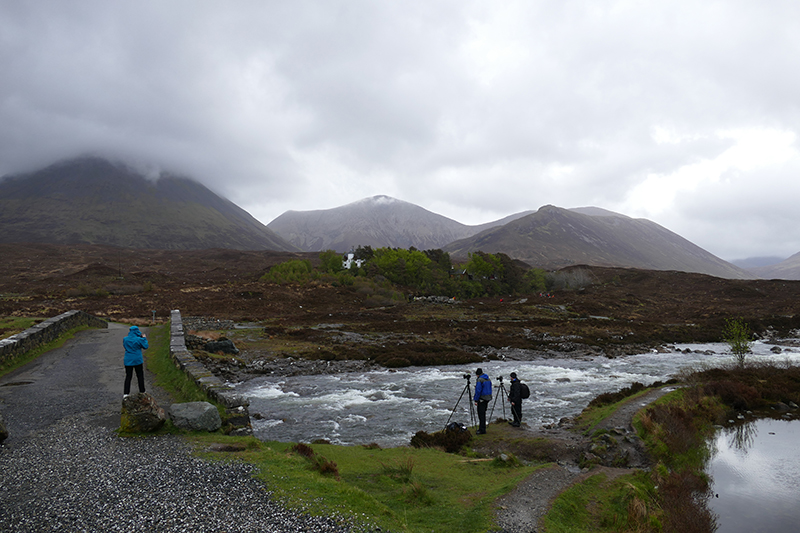
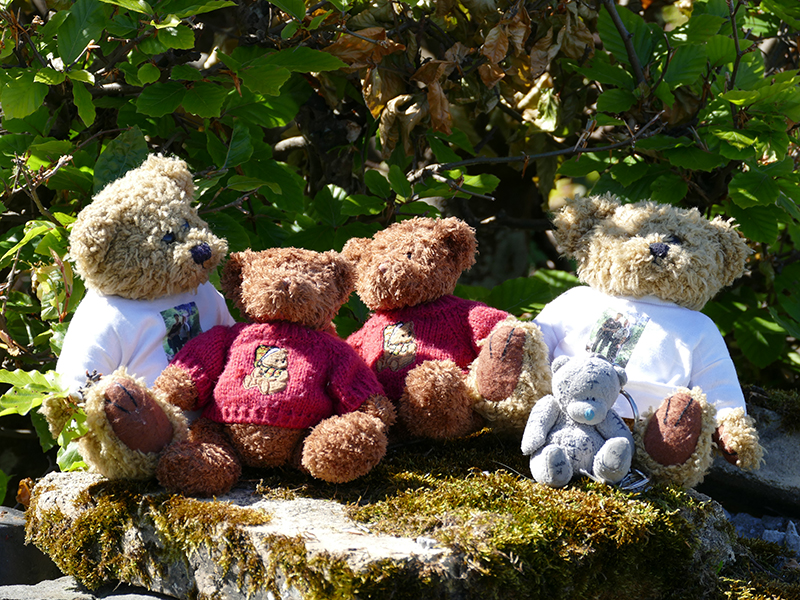


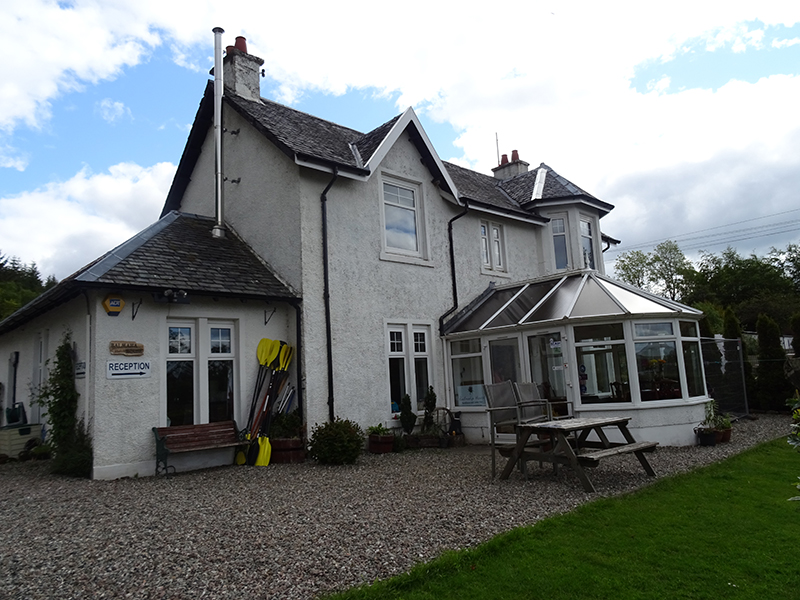




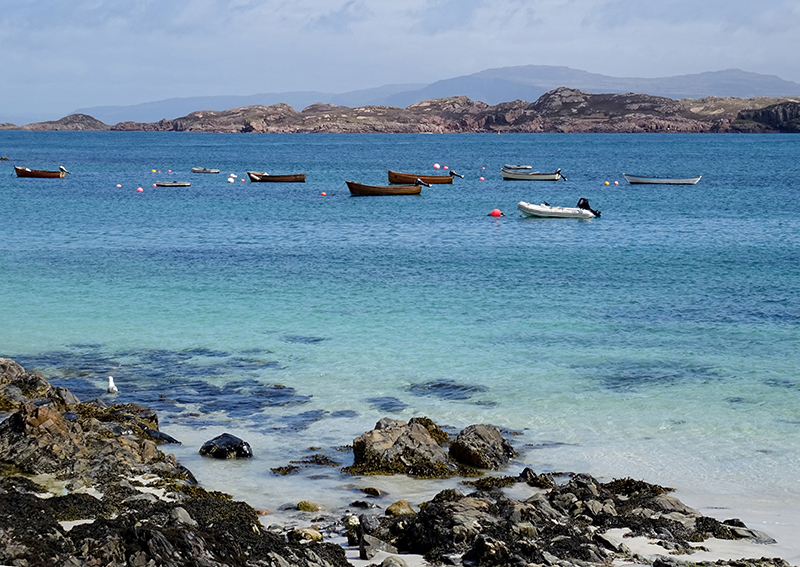






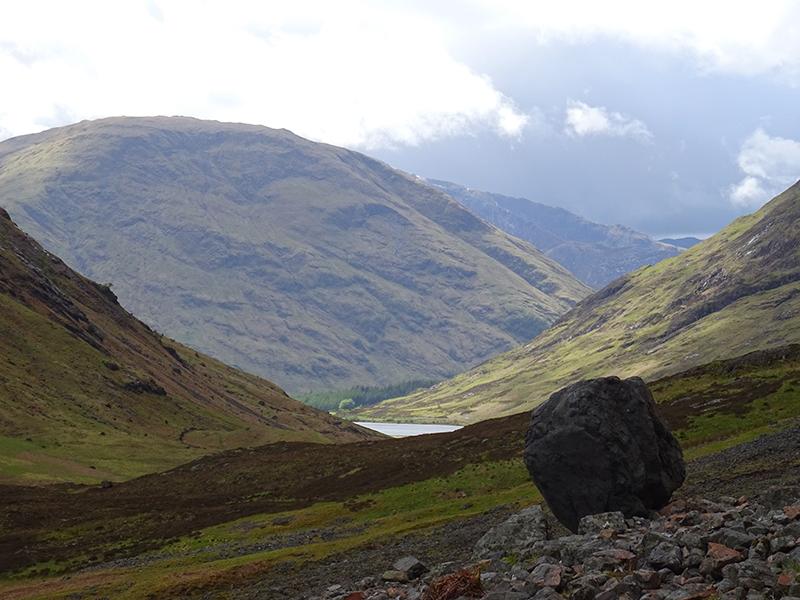

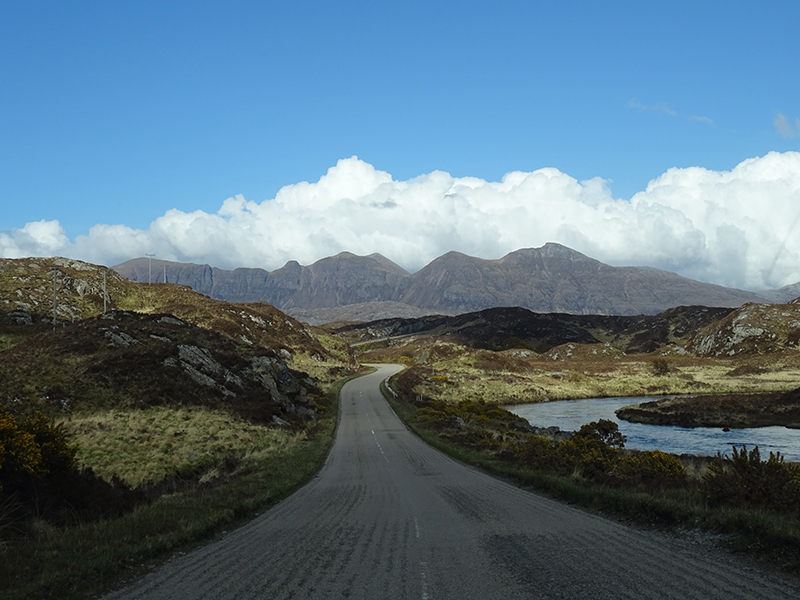

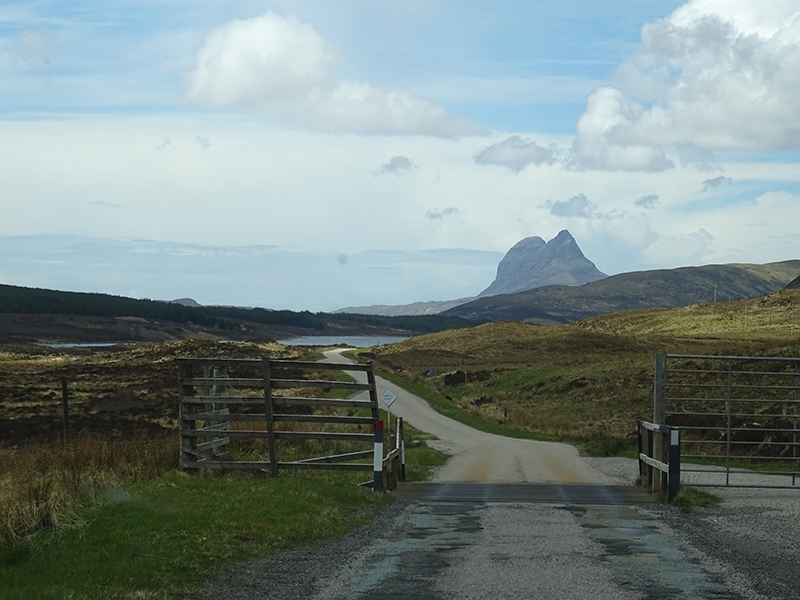

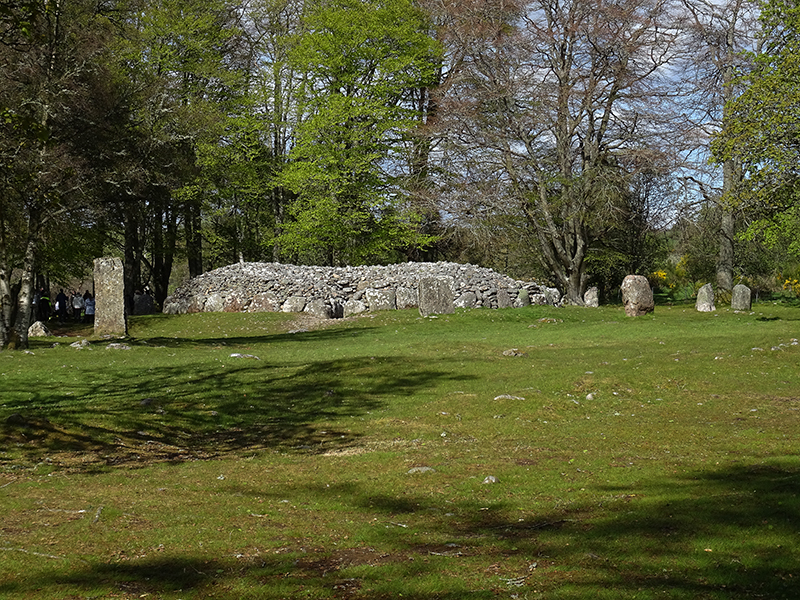
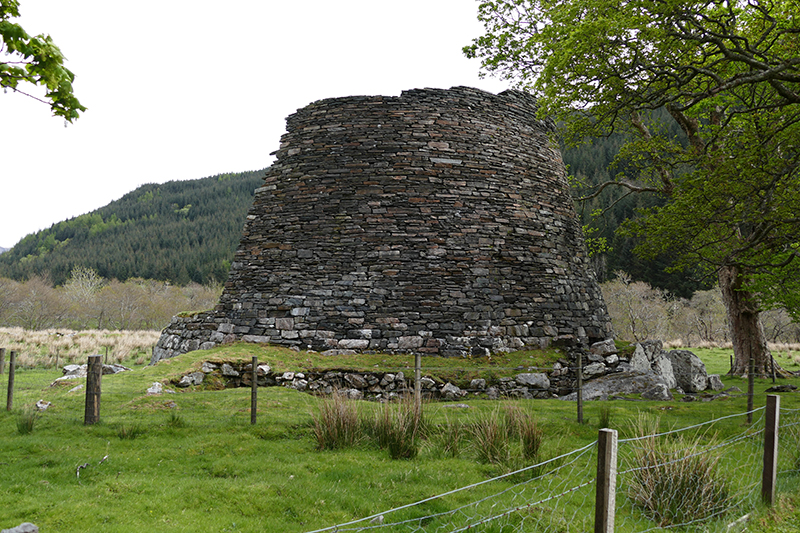
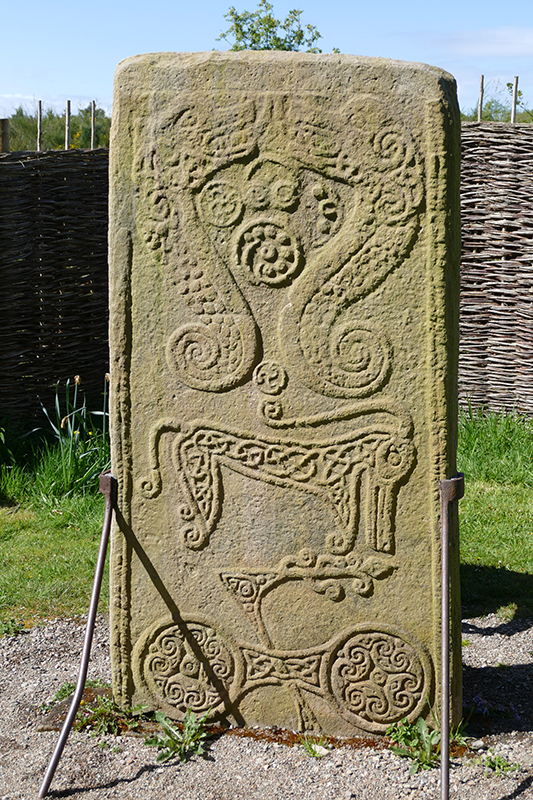

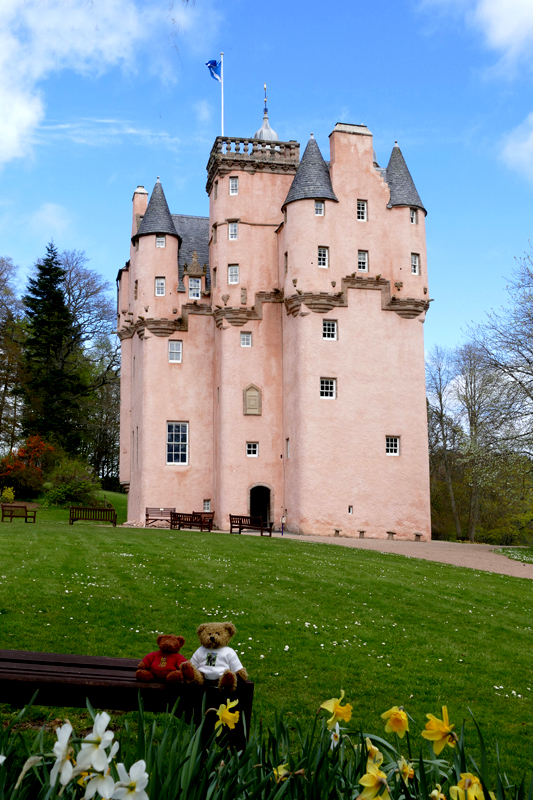
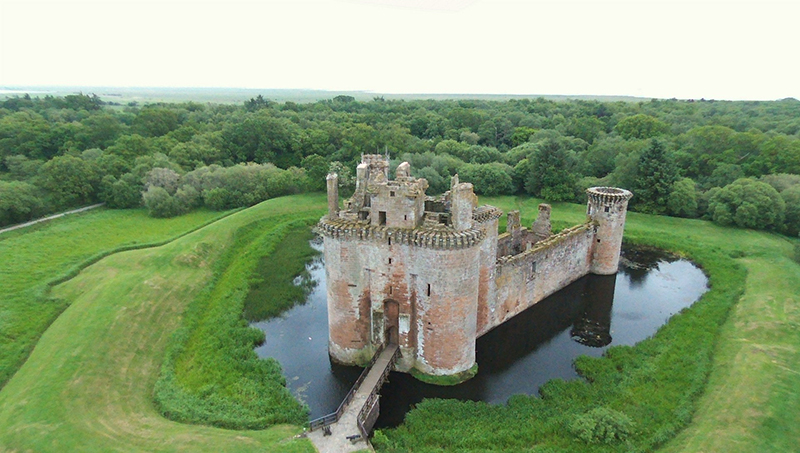
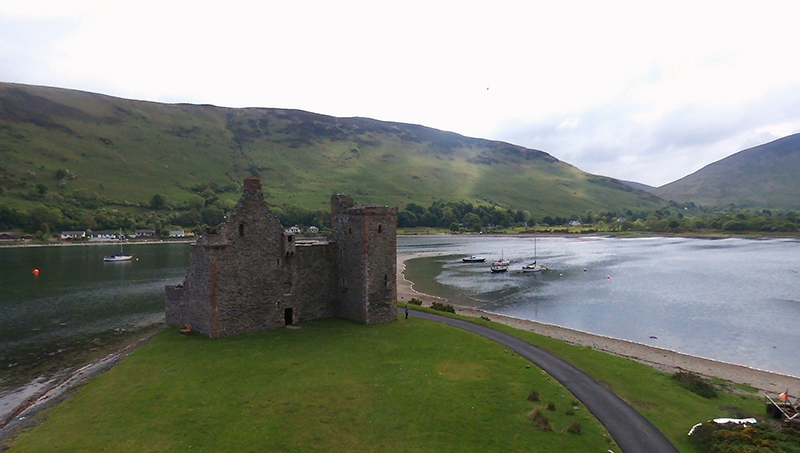

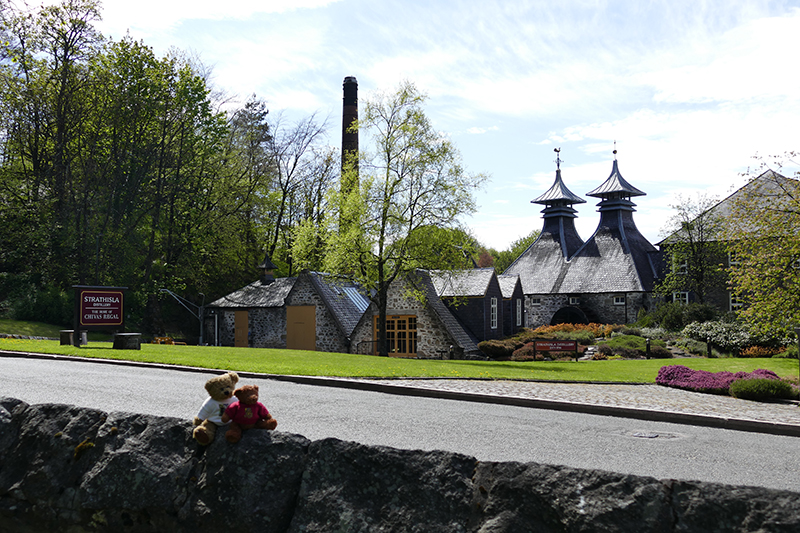



So glad you enjoy this beautiful country of ours! Lovely pictures – even in the rain.